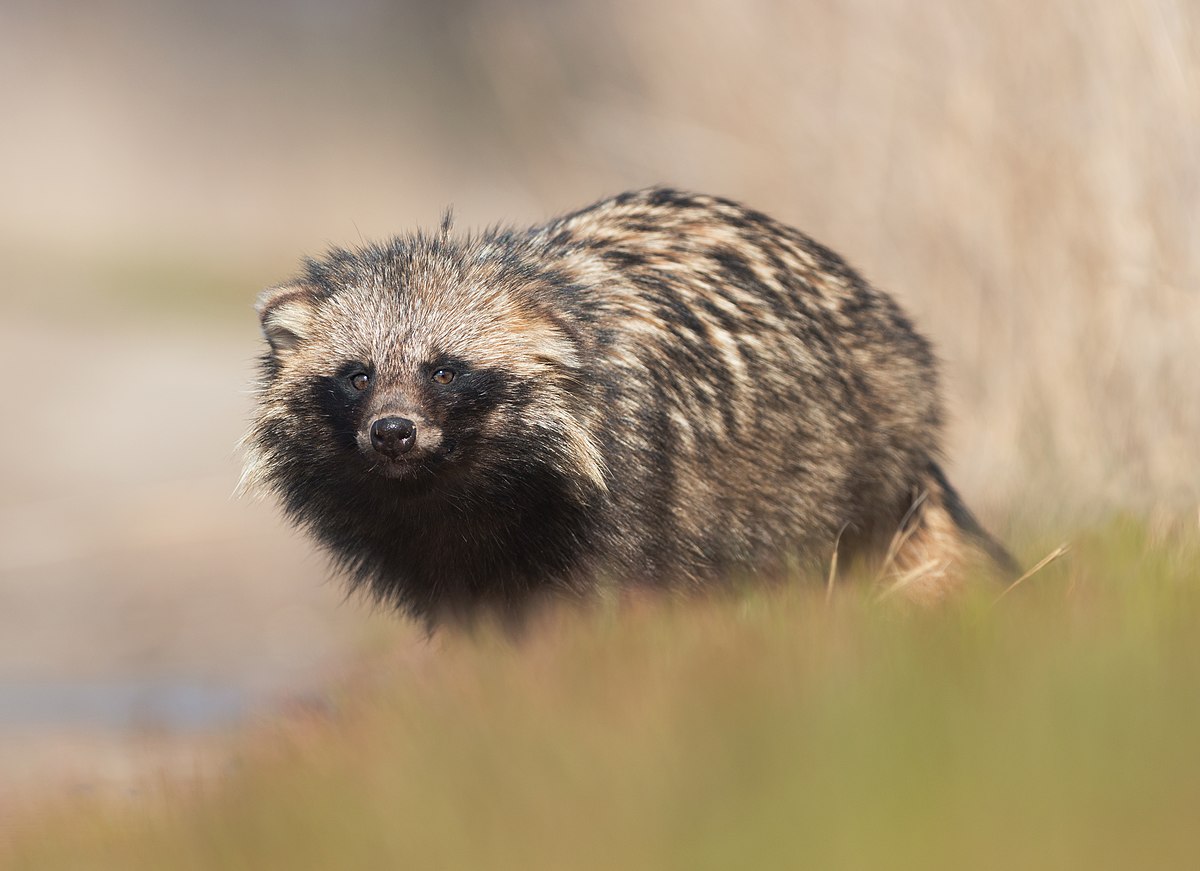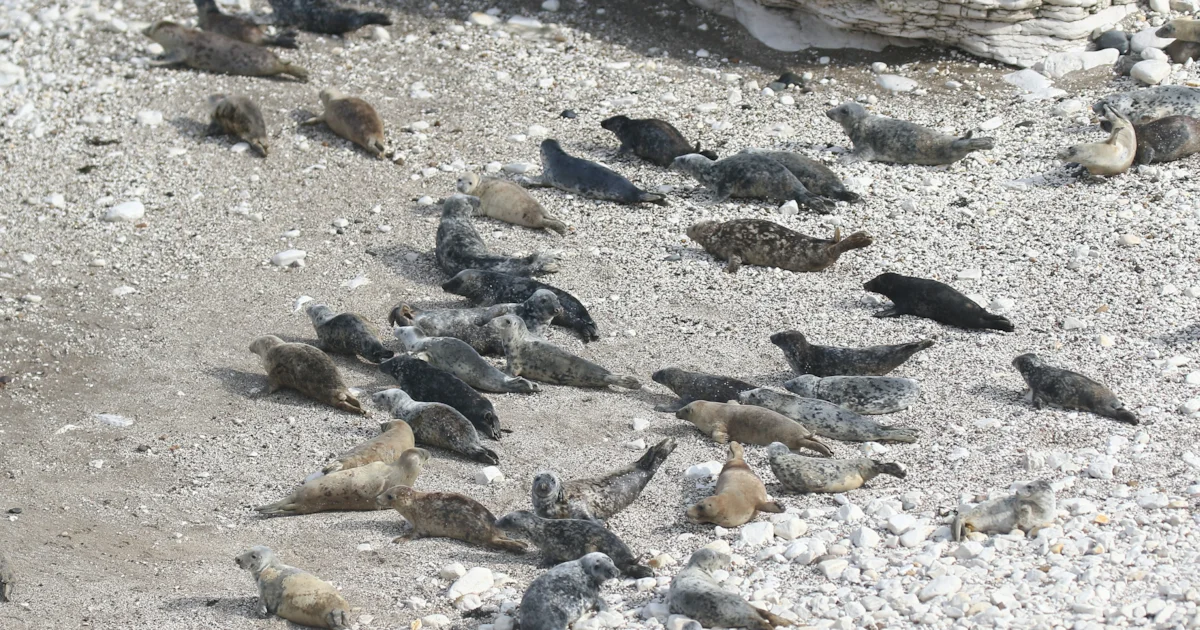We'll never know for sure. Was the animal in the lab? Was that particular strain being studied in the lab and got loose through some stupid accident?
We'll never know for sure. The only people that know for sure whether it came out of the lab or not is China, and I'm sure they know one way or the other.
If it did, I'd bet a million dollars I don't have that they've completely changed protocols so it never happens again. After all, nobody got hit worse than they did.
We'll never know for sure. The only people that know for sure whether it came out of the lab or not is China, and I'm sure they know one way or the other.
If it did, I'd bet a million dollars I don't have that they've completely changed protocols so it never happens again. After all, nobody got hit worse than they did.






